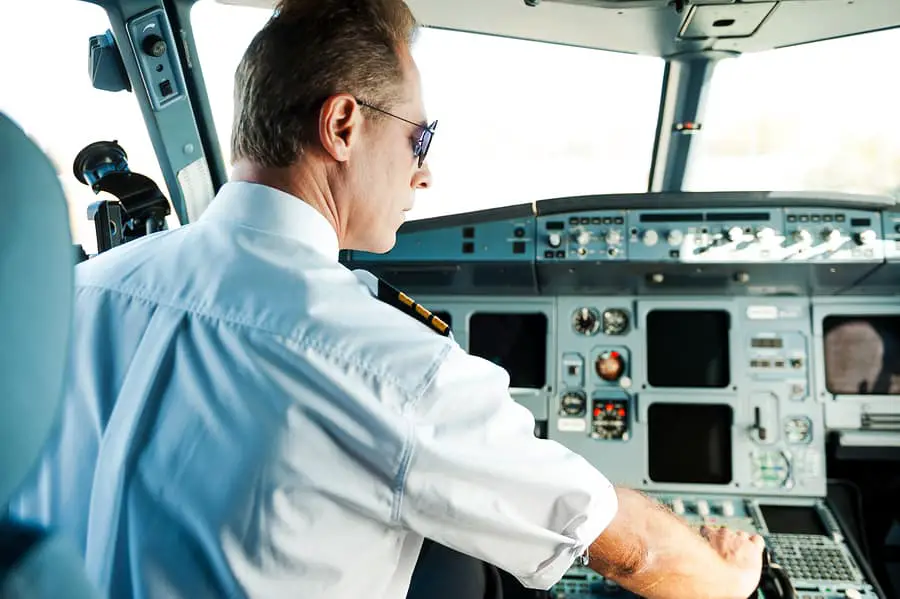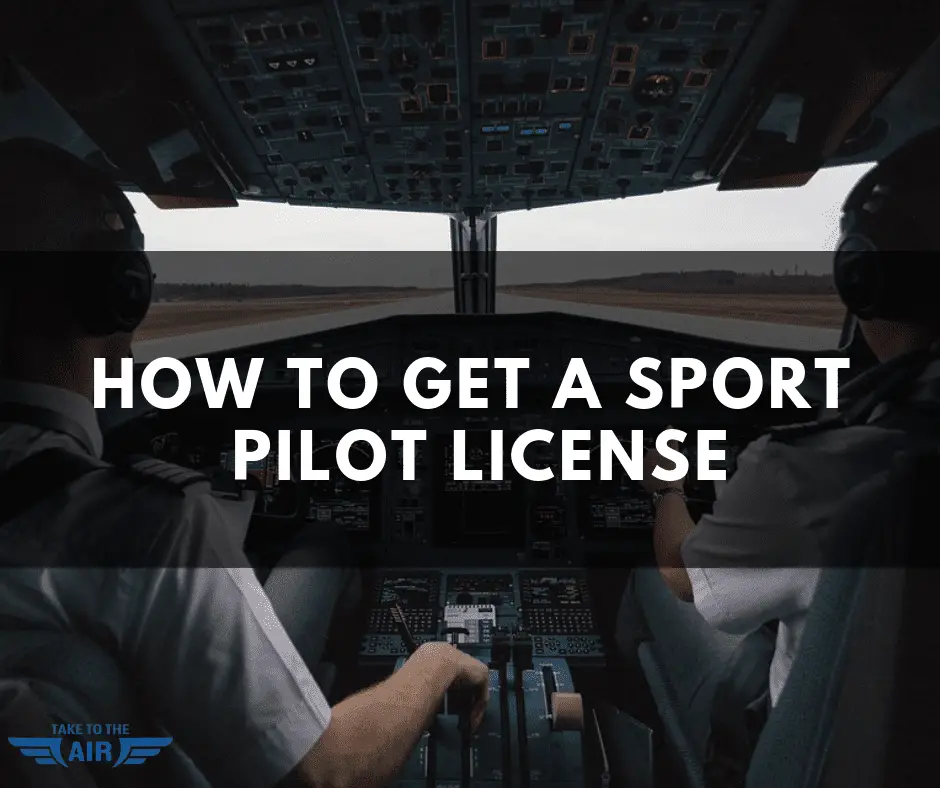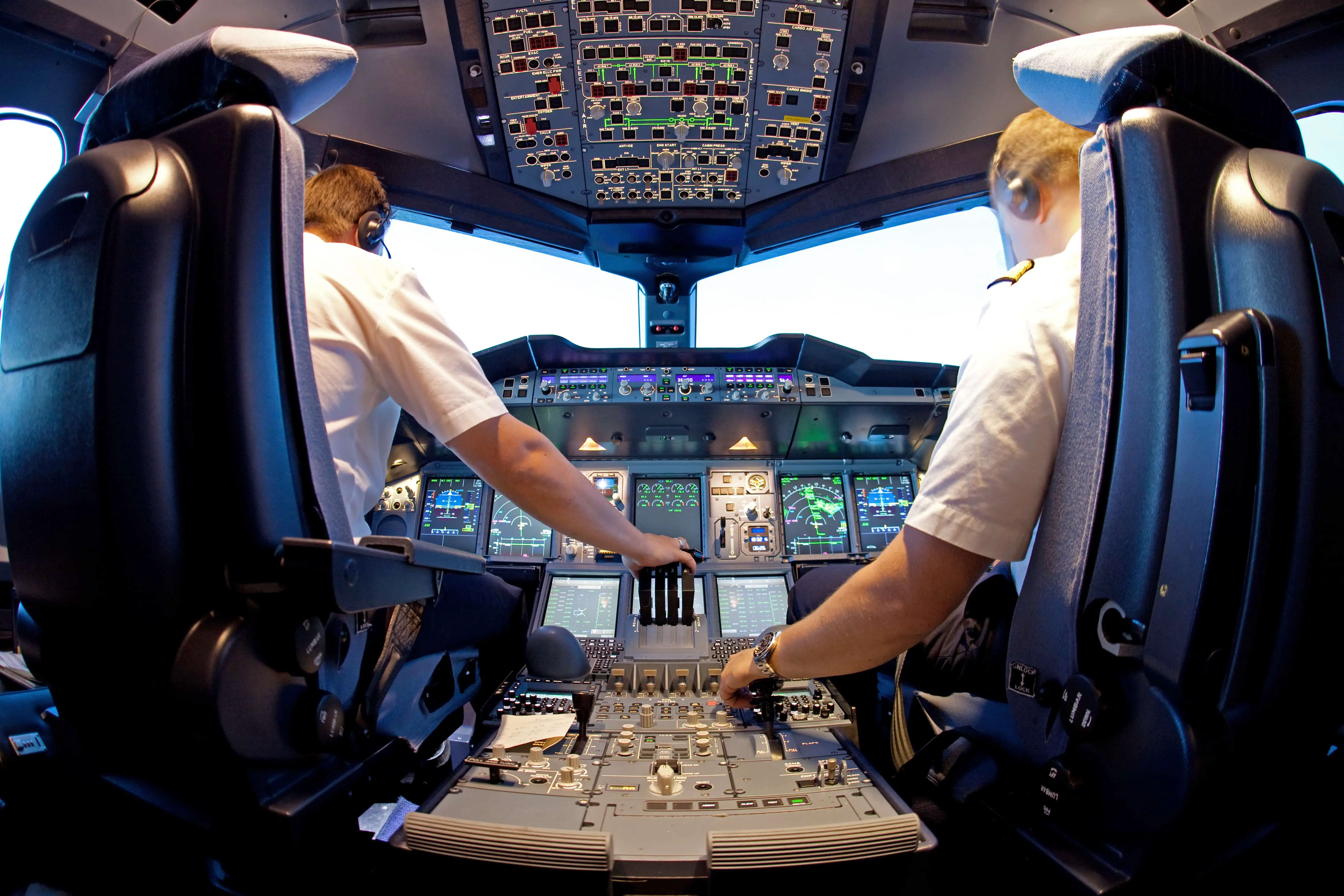Table of Contents
Taking to the skies with a pilot license isn’t known for its affordability. However, new regulations allow private citizens to pick up a sport pilot license with far less training and requirements than ever before. To save money and take off as soon as a few weeks from now, here’s how to get a sport pilot license.
*This post may contain affiliate links. As an Amazon Associate we earn from qualifying purchases.
How To Get A Sport Pilot License
Whether you’re hoping to switch things up a little bit, aspire to pick up a new hobby, or just want to fly friend around town, becoming a pilot is a rewarding and unique experience that few people ever achieve.
However, flying is also not a hobby or goal that many would consider all that affordable.
The truth is, flying is expensive. The average cost for a Private Pilot License (PPL) alone can be upward of $10,000, and if you’re considering commercial flight, that figure can be doubled or even tripled.
Luckily, the FAA recently created a pathway for those who aren’t interested in pursuing commercial flight or flying large aircraft, but instead, want to take smaller trips either solo or with one other person.
The Sport Pilot License, or SPL, is a specific class of license that allows pilots to fly planes under the following conditions:
- A maximum weight of under 1,320 lbs
- A maximum speed of 120 knots
- A maximum seating of 1 passenger and 1 pilot
- A single engine
- No pressurized cabin
Sound like a pathway you’d like to consider? If so, we’ve got all of the information you need to get your sport pilot license and take to the skies without the need for exhaustive training and a severe financial burden.

Meeting The Prerequisite Requirements
Of course, while the Sport Pilot License is an easier license to pick up overall, it’s still not going to be a cakewalk to obtain. There are many prerequisite requirements that need to be met before you can log in your first few hours in flight school.
The first of which is going to be a valid US driver’s license, which will double as both a means to identify with you with your other paperwork, as well as ensure you’ve already had some training operating vehicles of some kind. It would only make sense that those in the sky have already proven their worth on the ground.
The next step is going to be obtaining a student pilot’s license. Think of this license as a kind of learner’s permit for your training. This license will allow you to go into the skies, either alone or with an instructor, but keep you legal to do so for the duration of your training.
Obtaining a student license is generally rather simple. And while a sport pilot isn’t required to have medical training, unlike those who achieve the Private Pilot License or Commercial Pilot License, it is still very helpful to know and is usually included with the documentation for a student license.
After scheduling your medical appointment and sorting out the relevant paperwork, you should be awarded a valid license to fly. This student license will allow you to receive endorsements from instructors as you train in flight, fly with the instructor, and eventually, fly solo.
Flight School
Since the prerequisite work is finished, it’s time to go to flight school!
Flight school is a requirement in the United States for taking on any new license to fly, whether it be the sport, private, or commercial license. In flight school, accredited instructors will be able to endorse your flight time and approve of your training, which you will need to finally achieve your license.
Flight schools are located all across the country and have a myriad of different training methods, instructors, and of course, tuition prices to consider.
This will also be where the majority of your license expenses will come from.
Flight schools have three major costs associated with them that you’re going to have to front if you want to get behind the yoke and take off.
The first of which is going to be the exam fees. These fees allow the flight school to take the tests required to give you a license. Some of these exams may be required by the school to administer by order of the FAA, while some may just be to prepare you for the task ahead. Either way, it’s important that you take and excel in all exams.
The next cost to consider is the cost of instruction time. Instructors are generally paid hourly, and you are required to have a certain number of hours with an instructor before obtaining your license. Be sure to talk about the instructor’s fees with your presumptive Flight School before signing on the dotted line to work with them.
The final cost associated with flight school is going to be the cost of flight itself. Planes do not come cheap, and unless you already have one in your location, you’ll need to pay the rental fee to take the plane to the skies.
Much like with instructors, you’ll generally pay an hourly fee to rent the plane and pay for the maintenance and fuel used in your instruction. That’s why you need to consider all three costs and secure a means to cover them before embarking on your journey.
So how much does this cost on average?
Luckily, the sport license is more affordable than the private or commercial license. That being said, you’ll still need to front a considerable sum to fly a craft.
A great general rule to consider is that the sport license will cost about half of that of the private license. And since the private license is roughly $10,000 depending upon where you receive instruction, the sport license will cost you around $5,000 in flight school and associated fees.
Required Flight Hours
The above sum is a combination of the associated fees of flight school, but the number is based in the need to log a certain number of hours in the sky.
The number will depend upon which type of aircraft you wish to man, but for most people, that number is 20 hours. After 20 hours of approved time in flight (most of which needs to be completed with an instructor), you’ve met your required flight hours requirement.
While 20 hours might not seem like much, it can be very costly financially and fixing your schedule to get in your 20 hours. For instance, if you were hoping to get a license by the end of the year for a specific trip or flight you wanted to take, you’re going to need to buckle down and put all of your remaining free time into flight school.
The often cited metric for the time it takes to get your sport license is about two weeks. By averaging about 90 minutes of flight time a day, most people can manage to complete their license in this amount of time if they work hard and do it full time.
For many people, taking two weeks off of work and other obligations is either too costly or infeasible for many lifestyles. That’s why many flight schools offer weekend plans or will work with your schedule to get you the license you want in a timely fashion.
That’s why it’s crucial that you pick out the right flight school the first time. We highly recommend visiting your prospective school of choice and asking them about how fast and when you can get your training in. Not every flight school will offer the hours and the program that best matches your schedule.
Final Thoughts
Once you’ve picked out a school, filed all of your prerequisite paperwork, and logged in enough hours, you can finally pick up your sport license and take to the skies.
Those who hold sport licenses tend to fly either personal aircraft or rent aircraft and locations around the nation. For flights internationally, you will need to carefully check your license, With few exceptions, a sport license issued in the United States is only good for domestic travel.
Either way, you must ensure that you’re flying with your license as well as a form of identification, such as a medical document or drivers license, at all times. The FAA sets a high standard for pilots in the country, and even the smallest of minor infractions can put your license in jeopardy.
However, provided you take the time to study this craft and abide by the rules, there’s no reason you can pick up your license and hit the skies by the end of the month or even sooner than that. We hope that this guide has given you the direction you need to get your paperwork done and head to flight school.
Hopefully, someday soon, you’ll be flying with confidence and enjoying one of the more unique and rewarding hobbies available to private US citizens. Both figuratively and literally, we hope that your license gives you a brand new perspective on the world both around you as well as below.


